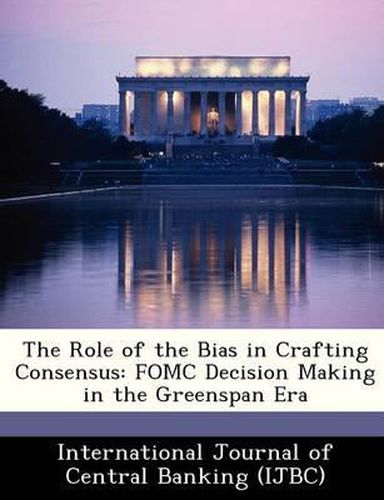Readings Newsletter
Become a Readings Member to make your shopping experience even easier.
Sign in or sign up for free!
You’re not far away from qualifying for FREE standard shipping within Australia
You’ve qualified for FREE standard shipping within Australia
The cart is loading…






We examine the role of the “bias” associated with a monetary policy directive - wording in the directive that concerns possible policy shifts in the period between one FOMC meeting and the next - in FOMC decision making in the Greenspan years. Previous studies have suggested that the bias provided the Chairman a tool for orchestrating Committee consensus. Our evidence shows that when the bias had meaningful implications for intermeeting funds rate changes (1987-92), it influenced voting by FOMC members. Biases both provoked and discouraged dissents, depending on the direction of the bias and the preferences of individual Committee members. When the bias did not have meaningful implications for intermeeting policy adjustments (1993-99), we find no evidence that it affected members’ voting choices. Overall, our results are consistent with the view that FOMC members voted on the basis of a rational assessment of the policy content of proposed directives.
$9.00 standard shipping within Australia
FREE standard shipping within Australia for orders over $100.00
Express & International shipping calculated at checkout
We examine the role of the “bias” associated with a monetary policy directive - wording in the directive that concerns possible policy shifts in the period between one FOMC meeting and the next - in FOMC decision making in the Greenspan years. Previous studies have suggested that the bias provided the Chairman a tool for orchestrating Committee consensus. Our evidence shows that when the bias had meaningful implications for intermeeting funds rate changes (1987-92), it influenced voting by FOMC members. Biases both provoked and discouraged dissents, depending on the direction of the bias and the preferences of individual Committee members. When the bias did not have meaningful implications for intermeeting policy adjustments (1993-99), we find no evidence that it affected members’ voting choices. Overall, our results are consistent with the view that FOMC members voted on the basis of a rational assessment of the policy content of proposed directives.